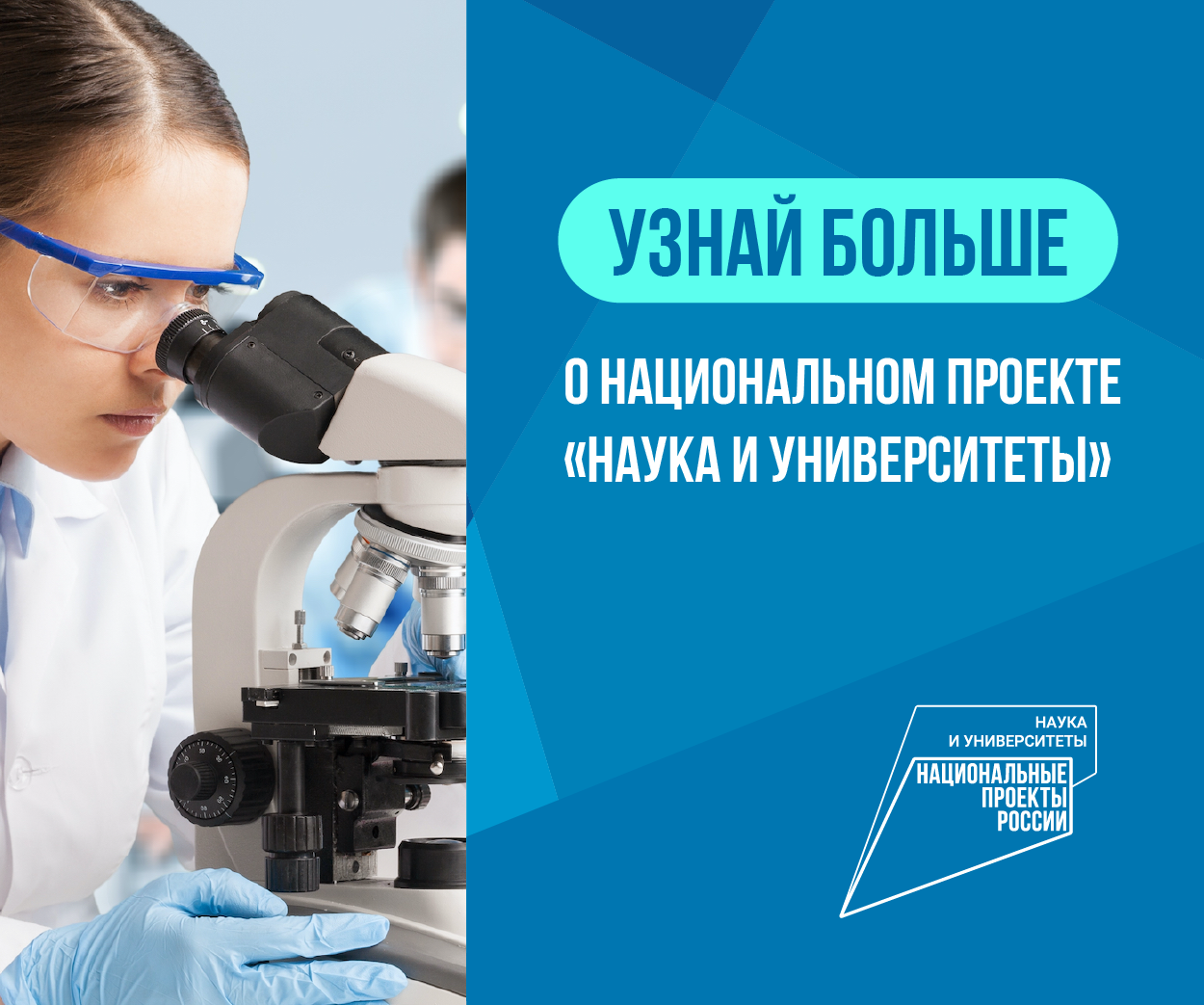Description
"The U-120 Cyclotron at the Ioffe Institute was launched in 1946 and, after several serious upgrades, was designated a Unique Science Facility in 2015 as the U-120 Cyclotron with the ability to accelerate ions at a wide range of energies.
Design features
- high-frequency generator of the cyclotron has a wide range of operating frequencies;
- HF power is fed from the generator to the cyclotron resonant system through an open system (Lehr line), which allows to carry out precise tuning of the generator;
- possibility of changing the edge decay of the cyclotron magnetic field due to shimming.
The main advantages of the Cyclotron are its ability to accelerate ions over a broad mass range from protons of mass 1 to argon of mass 40 to any energy in the range of 0.9-6 MeV/nucleon for light ions and 0.65-1.37 MeV/nucleon for the heaviest of the above ions. The advantages of the Cyclotron make it versatile and interdisciplinary. Work on the interaction of accelerated ions with solids affects a large number of areas of knowledge and applications, including semiconductor physics, power semiconductor electronics, analytical studies of solids, track membrane technology and membrane materials based on it and related applications such as medicine, biotechnology, ecology, etc.
Main directions of scientific research
1. Development of technology for radiation (using proton beams, helium, nitrogen, argon ions) modification of various semiconductor structures, primarily to control the electrophysical parameters of power semiconductor electronics devices.
2. Development of production technology of track membranes on the basis of polyethylene terephthalate films 8-20 microns thick both classical for medical tasks (blood plasmapheresis, water treatment and water purification) and customized membranes with different pore space topography, for example for thermo-molecular synthesis. Development and creation of membrane materials with different functional properties (including gas separation materials) based on track membranes.
3. Development of gamma-spectrometric diagnostics of thermonuclear plasma.









